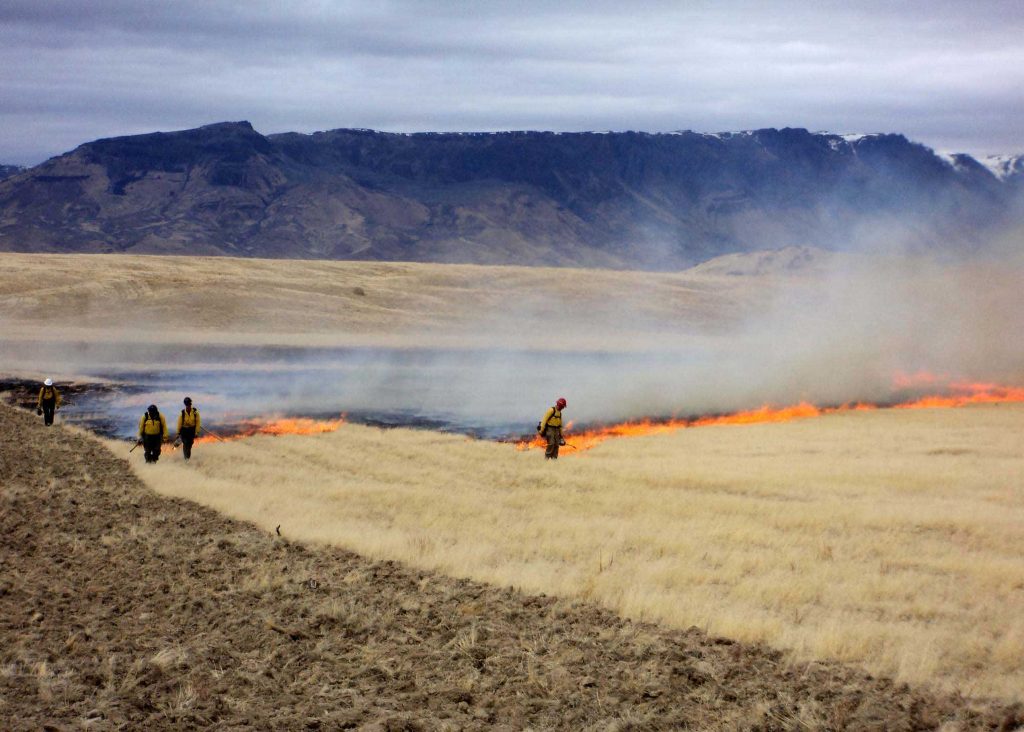An examination of long-term data for lands managed by the Bureau of Land Management (BLM) found land treatments in the southwestern United States are increasingly large, expensive and related to fire and invasive species control. The study, recently published in Restoration Ecology, reveals goals for land management decisions that changed over time and provides new insight on strategies to increase future treatment efficacy in an extremely water-limited region.
The study’s findings are based on analysis of data collected for approximately 4,000 land treatments conducted on BLM lands across the Southwest between 1940 and 2010. Researchers at Northern Arizona University and the U.S. Geological Survey performed the study using the Land Treatment Digital Library database (ltdl.wr.usgs.gov).
“Examining long-term trends for BLM land treatments offers a good indication of what is happening in the Southwest broadly because the agency manages approximately a quarter of the land area in the region,” said Stella Copeland, lead author and NAU Merriam-Powell Center post-doctoral scholar. “Our findings show increased use and availability of large datasets can provide important insights about which treatments are most effective and how to contain costs.”
The study found land treatments have changed substantially from 1940 to 2010. Early treatments tended to be small in size and made greater use of non-native seed than current seeding treatments. The use of non-native seed addressed various goals, including providing forage for livestock and rapid soil stabilization following a disturbance.
Present-day goals focus more on restoring native plant communities, controlling invasive species and improving wildlife habitat lost to wildfire and invasive species. The recent focus on wildfire rehabilitation and controlling invasive species generally involves more acreage compared to the projects of the past, which may partially explain the increases in treatment size and costs found by the study.
“Given projected increases in wildfire frequency and expansions of nonnative species in the region, the trends underscored by our study are likely to continue,” said Seth Munson, a USGS research ecologist and co-author of the study. “One bright spot is there is increased interest in developing tools, monitoring strategies and effective responses to these stressors on the landscape. Retrospective analyses like the one in this paper can provide useful directions forward for land management decision-making.”



